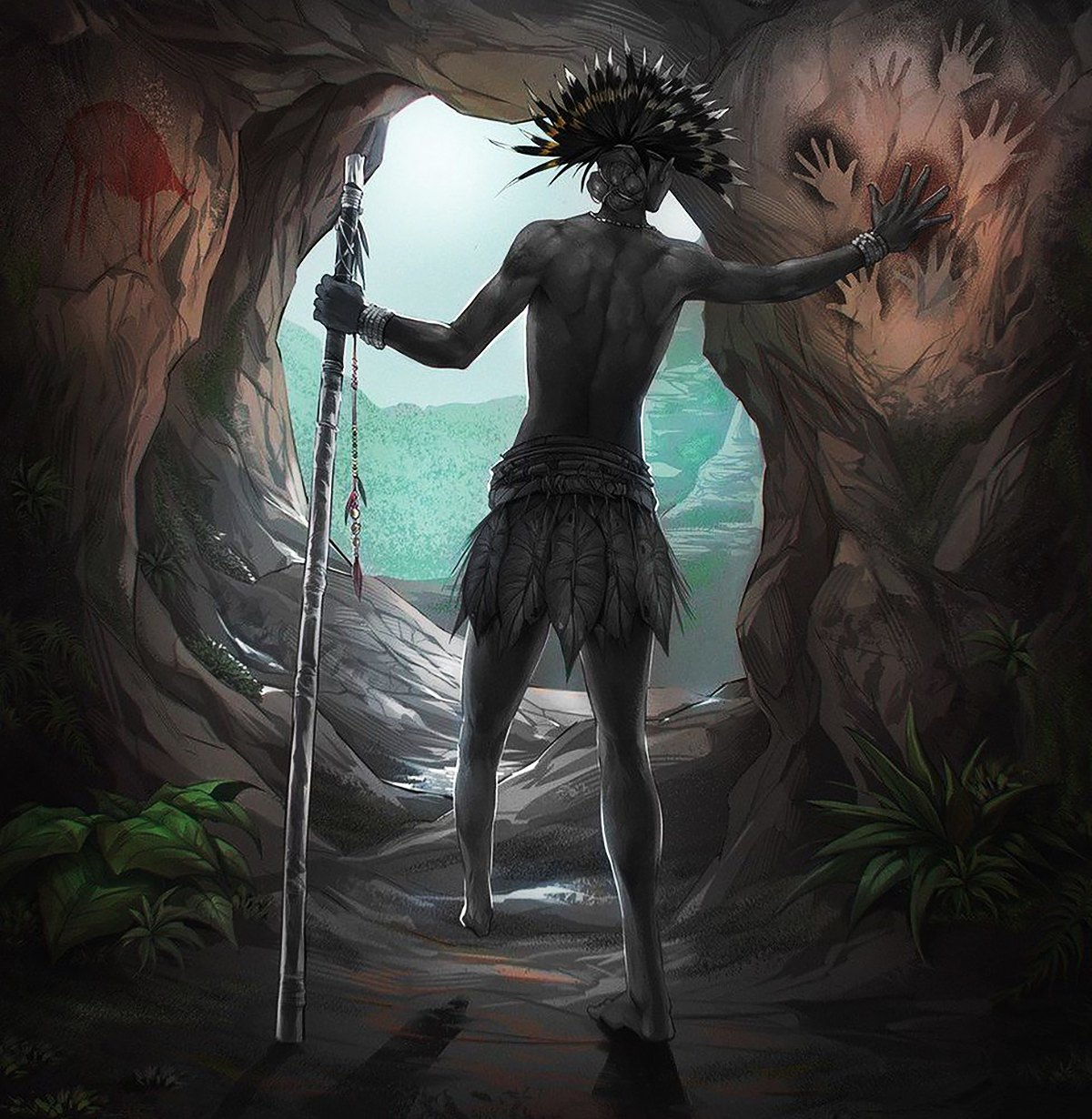


An article on the BBC by Science correspondent Victoria Gill - Earliest evidence of amputation found in Indonesia cave - reports on the earliest evidence of surgical amputation discovered in an Indonesian cave.

Researchers found the buried 31,000-year-old body of a young person that shows evidence of leg amputation. The find pushes back the origin of this complicated surgery by more than 24,000 years. Archaeologists believe after the procedure the person was cared for by their ancient community for years until their death.

Dr Melandri Vlok, who examined the body, said it was "quite clear" surgery had been carried out. A detailed examination of the ancient body, details of which are published in the journal Nature, took place when the person was a child. Growth and healing of their leg bone suggests they recovered and lived for another six to nine years, probably dying in their late teens or early twenties. The grave itself was excavated in a cave called Liang Tebo, in East Kalimantan, Indonesian Borneo, a place that has some of the world's earliest rock art.
One of the three researchers who found and excavated the grave, Dr Tim Maloney from the Griffith University in Australia, said he was simultaneously "excited and terrified" to reveal the ancient bones. "We very carefully brushed away the deposits and recorded the lower half of the remains. We could see that the left foot was absent, but also that the remaining bone fragments were unusual. So we were excited at the range of possibilities, including surgery, that had caused this."
The excavation team subsequently asked Dr Vlok, who is based at the University of Sydney, to examine the remains. "With a discovery like this", she said, "it's a mixture of excitement and sorrow, because this happened to a person. This person - a child - experienced so much pain, even if it was 31,000 years ago." Dr Maloney explained that, because this person showed signs of having been cared through their recovery and for the rest of their life, the archaeologists are confident that this was an operation, rather than any kind of punishment or ritual.
Durham University archaeologist Prof Charlotte Robertson, who was not involved in the discovery but reviewed the findings, added that they challenged the view that medicine and surgery came late in human history. "It shows us that caring is an innate part of being human. We can't underestimate our ancestors."
Dr Maloney and his colleagues are now working to investigate what kind of stone surgical tools could have been used at that time.
by Bradshaw Foundation
Monday 04 December 2023
by Bradshaw Foundation
Friday 30 June 2023
by Bradshaw Foundation
Thursday 06 April 2023
by Bradshaw Foundation
Thursday 24 November 2022
by Bradshaw Foundation
Tuesday 27 September 2022
by Bradshaw Foundation
Thursday 08 September 2022
by Bradshaw Foundation
Tuesday 19 July 2022
by Bradshaw Foundation
Monday 06 June 2022
by Bradshaw Foundation
Friday 11 March 2022
by Bradshaw Foundation
Wednesday 02 March 2022
by Bradshaw Foundation
Thursday 26 August 2021
by Bradshaw Foundation
Monday 16 August 2021
by Bradshaw Foundation
Tuesday 06 July 2021
by Bradshaw Foundation
Thursday 06 May 2021
by Bradshaw Foundation
Thursday 06 May 2021
by Bradshaw Foundation
Tuesday 16 March 2021
by Bradshaw Foundation
Monday 04 December 2023
by Bradshaw Foundation
Friday 30 June 2023
by Bradshaw Foundation
Thursday 06 April 2023
by Bradshaw Foundation
Thursday 24 November 2022
by Bradshaw Foundation
Tuesday 27 September 2022
by Bradshaw Foundation
Thursday 08 September 2022
by Bradshaw Foundation
Tuesday 19 July 2022
by Bradshaw Foundation
Monday 06 June 2022
by Bradshaw Foundation
Friday 11 March 2022
by Bradshaw Foundation
Wednesday 02 March 2022
by Bradshaw Foundation
Thursday 26 August 2021
by Bradshaw Foundation
Monday 16 August 2021
by Bradshaw Foundation
Tuesday 06 July 2021
by Bradshaw Foundation
Thursday 06 May 2021
by Bradshaw Foundation
Thursday 06 May 2021
by Bradshaw Foundation
Tuesday 16 March 2021
Friend of the Foundation











